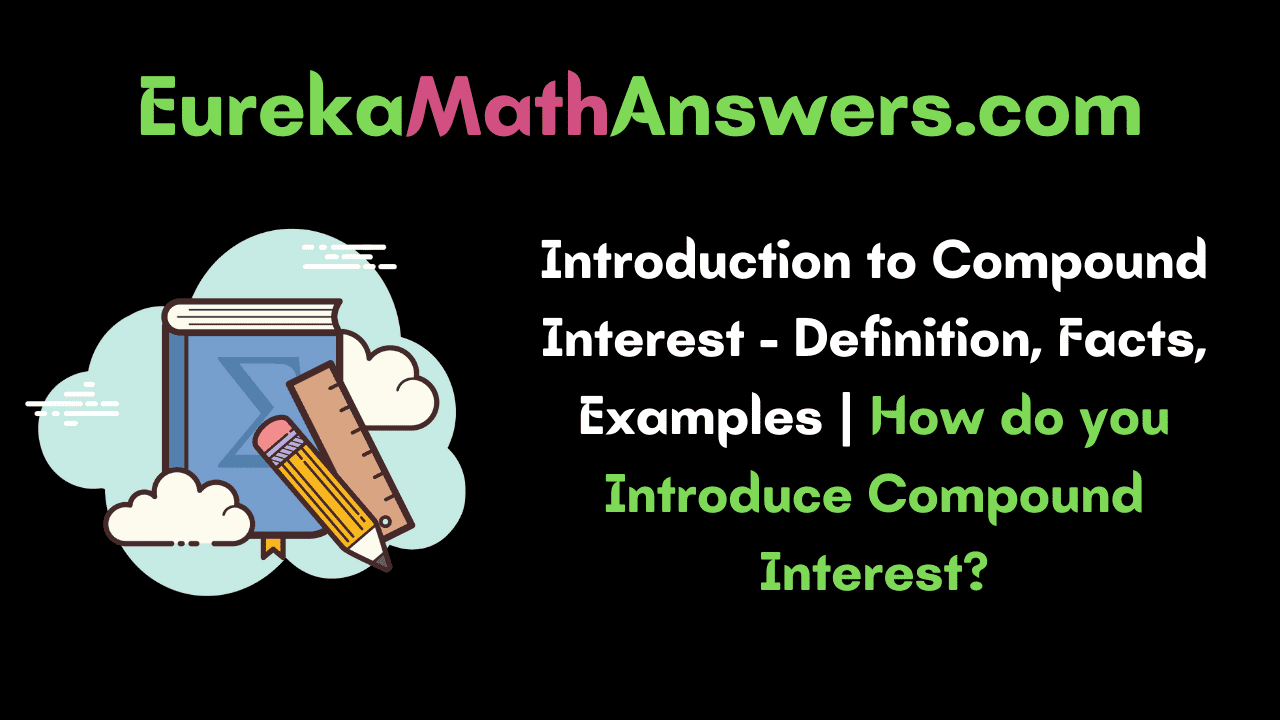Before diving into the topic of Compound Interest let us explain what actually is interest first. For example, you visit a bank and get a loan the amount you bought as a loan is principal. Bank charges a certain percent on this principal amount and it is known as interest. Interest is classified into 2 types namely Simple Interest and Compound Interest.
In this article, we will introduce you to the topic of Compound Interest, Formulas Associated with Compound Interest for different compounding intervals. Along with these concepts, you will learn about Compounding Frequency.
What is meant by Compound Interest?
Compound Interest is the interest calculated on any principal amount borrowed and any previous interest. It is also referred to as interest on interest. The majority of the Banking & Finance Sectors use Compound Interest in their transactions.
Compound Interest Formulae
- Compound Interest Yearly Formula A = P(1+R/100)T
- When Interest iS Compounded Half-Yearly A = P(1+(R/2)/100)2T
- When Interest is Compounded Quarterly A = P(1+(R/4)/100)4T
- When Time is in Fraction A = P(1+R/100)2(1+(R/5)/100)
- If the rate of interest in 1st year, 2nd year, 3rd year,…, nth year are R1%, R2%, R3%,…, Rn% respectively then A = P(1+R1/100)(1+R2/100)(1+R3/100)…(1+Rn/100)
Above Listed Formulae are enough to know the amount to be repaid in case of compound interest.
We know Amount = Principal + Interest
Interest = Amount – Principal
Also, See:
- What is Simple Interest
- To find Rate When Principal Interest and Time are given
- To find Time Principal Interest and Rate are given
Compounding Frequency
Compounding Frequency is the no. of times the accumulated interest is paid on a regular basis. The frequency can be on a yearly, half-yearly, quarterly, weekly, or daily basis till the loan is paid in addition to the interest.
Have a glance at the example listed below to get a clear idea of the concept of compound interest.
Example. A rate of 15% is charged on a principal sum of $20,000. The time given to repay the amount is 3 years. If the interest is compounded annually, then calculate the amount to be repaid and interest charged in three years.
Interest rate = 15%
Principal amount = $20,000
Time = 3 years
Total interest = ?
Amount = ?
We know that A = P(1+R/100)T
So, A = 20,000(1+15/100)3
= 20,000(1+0.15)3
= $30417.5
Interest = Amount – Principal
= $30,417.5 – $20,000
= $10,417.5
